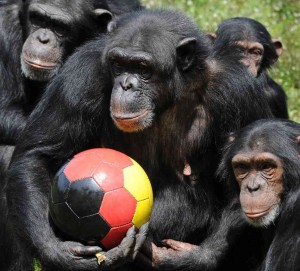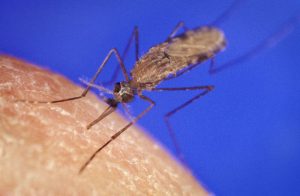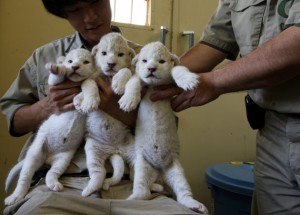
Recent news published by Nature website has been making headlines around the web, looking at the reason behind chimpanzee violence against each other. Some theories previously claimed the “chimp murders” were a product of human interaction; that is, the chimps learned violent tendencies from us. The latest study, however, disproves this theory. Nature website showed that the “murders” are better explained via natural causes such as competitiveness and adaptation.
Jane Goodall’s studies have previously shown that, for the most part, chimps were ” generally peaceful, playful, sophisticated and easygoing” as The New York Times wrote back in 1988. Despite that, further research showed that the males do occasionally engage in active killing of others. An anthropology professor at Indiana University Kevin D. Hunt further concluded that the persistent thread of violence was part of the reason for the social bonding, as chimps would have to “hang together to protect against extra-group murderers.”
If the chimps are our evolutionary ancestors, what does this speak of the human nature as well? Could violence thus be an inherent trait of our (and many other) species? Studies have already pointed out that some aggression can be beneficial, promoting the survival of the most powerful individuals. After all, “survival of the fittest” is one of evolution’s guiding principles.
Sources
Nature
MPR News
New York Times









